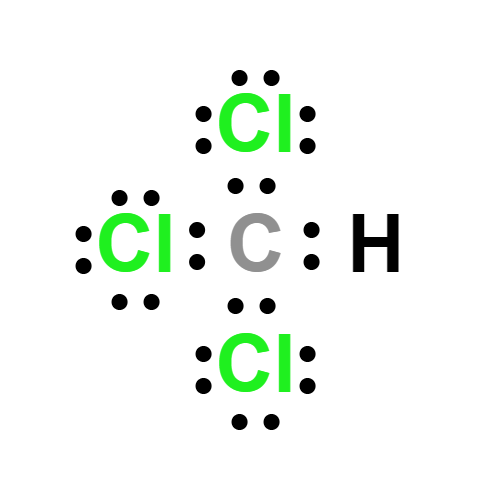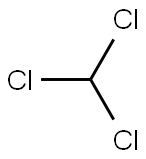chloroform
- CAS No.
- 8013-54-5
- Chemical Name:
- chloroform
- Synonyms
- Ccris 137;Ai3-24207;Brn 1731042;Caswell no. 192;Chloroform [un1888] [poison]
- CBNumber:
- CB2969682
- Molecular Formula:
-
Lewis structure

- Molecular Weight:
- 0
- MDL Number:
- MOL File:
- 8013-54-5.mol
chloroform Chemical Properties,Uses,Production
Chemical Properties
Chloroform is a noncombustible, clear, colorless liquid with a pleasant, sweet odor. The Odor Threshold is 12 ppm.
Definition
ChEBI: Chloroform is a one-carbon compound that is methane in which three of the hydrogens are replaced by chlorines. It has a role as an inhalation anaesthetic, a non-polar solvent, a carcinogenic agent, a central nervous system drug and a refrigerant. It is a one-carbon compound and a member of chloromethanes.
Potential Exposure
Chloroform was one of the earliest general anesthetics, but its use for this purpose has been abandoned because of toxic effects. Chloroform is widelyused as a solvent (especially in the lacquer industry); in the extraction and purification of penicillin and other pharmaceuticals; in the manufacture of artificial silk, propellents, plastics, floor polishes, and fluorocarbons (R-22); and in sterilization of catgut. Chemists and support workers as well as hospital workers are believed to be at a higher risk than the general population. Chloroform is widely distributed in the atmosphere and water (including municipal drinking water primarily as a consequence of chlorination). A survey of 80 American cities by EPA found chloroform in every water system in levels ranging from ,0.3 to 311 ppb.
Shipping
UN1888 Chloroform, Hazard Class: 6.1; Labels: 6.1-Poisonous materials.
Incompatibilities
Though nonflammable, chloroform decomposes to form hydrogen chloride, phosgene, and chlorine upon contact with a flame. Chloroform decomposes slowly in air and light. Reacts violently with strong caustics (bases), strong oxidants, chemically active metals (especially powders), such as aluminum, lithium, magnesium, potassium, and sodium, causing fire and explosion hazard. Attacks plastic, rubber, and coatings. Corrodes iron and other metals in the presence of moisture.
Waste Disposal
Incineration, preferably after mixing with another combustible fuel. Care must be exercised to assure complete combustion to prevent the formation of phosgene. An acid scrubber is necessary to remove the halo acids produced. Where possible it should be recovered, purified by distillation, and returned to the supplier.





